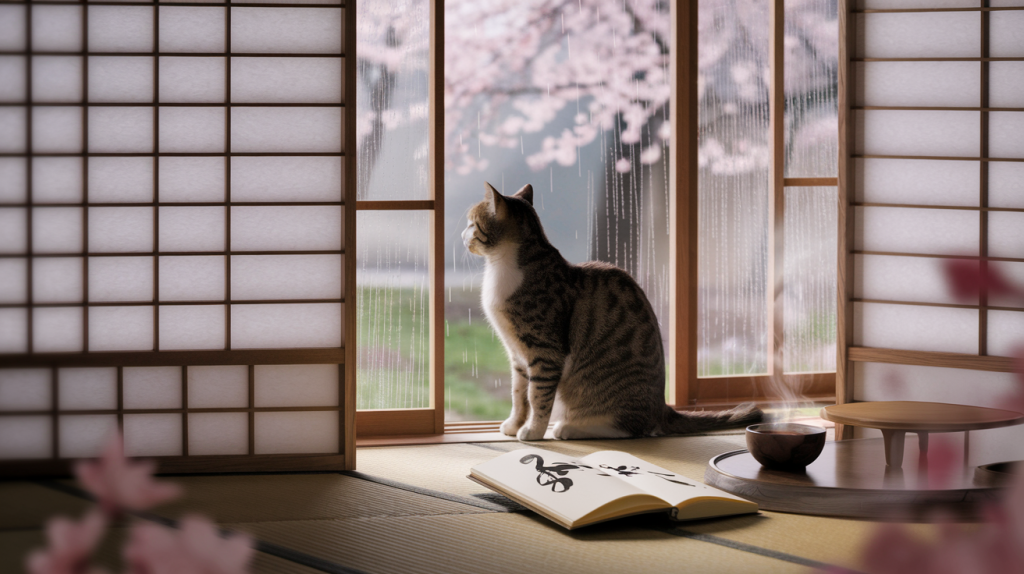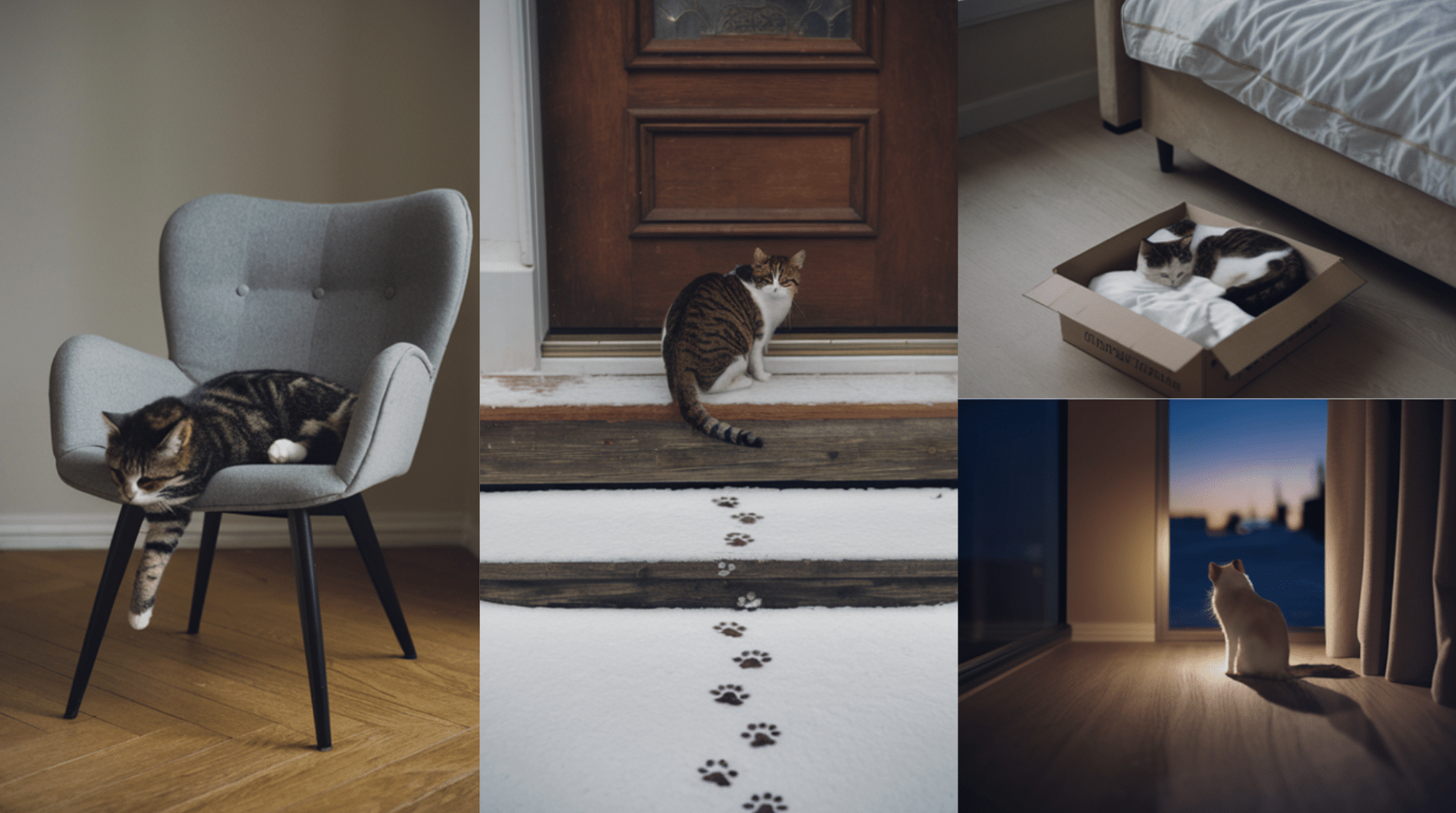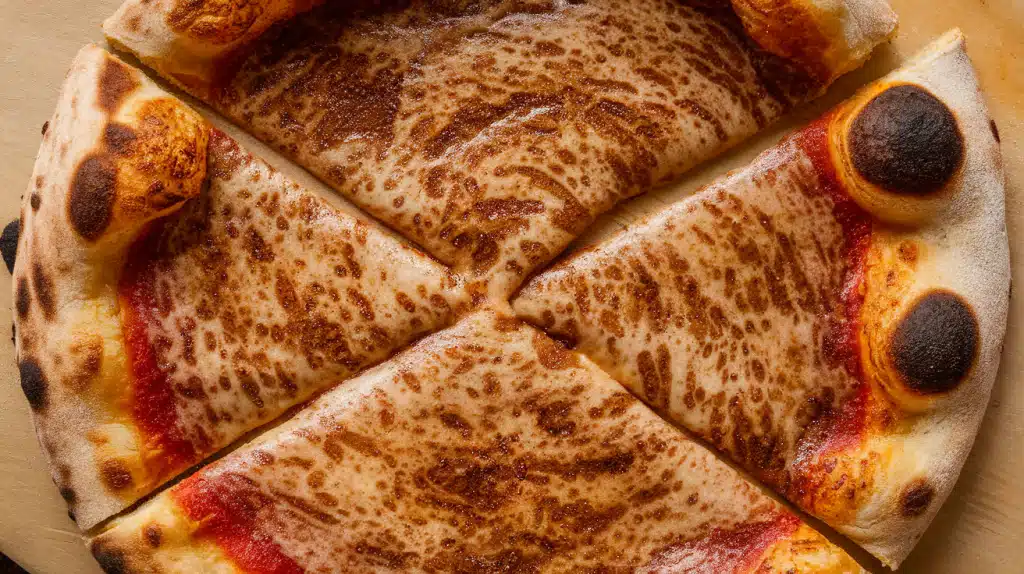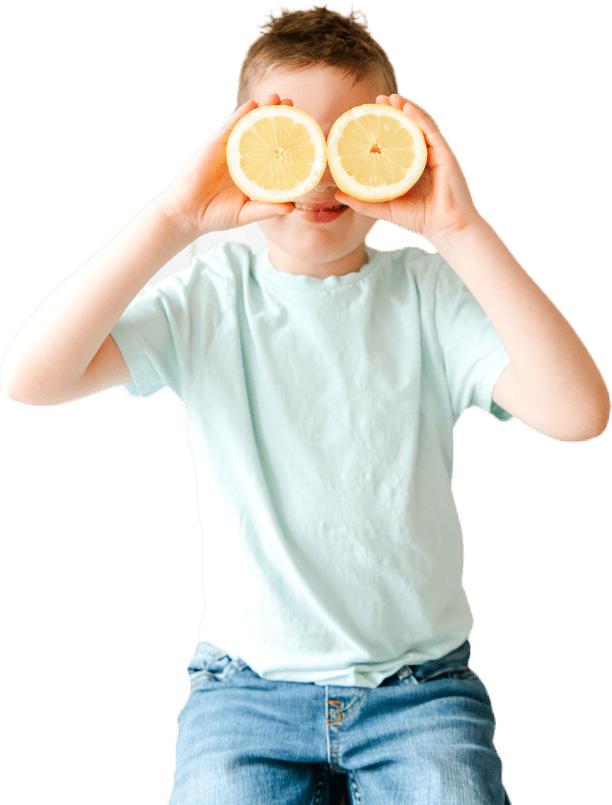I found a cat haiku during a quiet afternoon when my tabby sat perfectly still, watching raindrops race down the window. In that moment, I understood why Japanese poets found cats irresistible subjects for their seventeen-syllable masterpieces.
Cat haiku captures something extraordinary about our feline companions—their ability to live completely in the present moment.
When legendary poets like Issa and Bashō wrote about cats, they weren’t just describing animals; they were revealing profound truths about existence itself.
Every cat owner has witnessed these perfect haiku moments: a kitten’s first encounter with falling snow, an old cat’s contented purr in afternoon sunlight, or the silent grace of whiskers twitching at midnight sounds. These fleeting scenes contain the same depth and beauty that made cat haiku a beloved tradition across centuries.
The magic happens when we learn to see our everyday cats through the eyes of ancient poets.
The Essence of Cat Haiku
Traditional Japanese haiku follow a simple 5-7-5 syllable pattern across three lines. But there’s more to it than counting syllables.
Each authentic haiku includes a “cutting word” that creates a pause and emphasis, plus a seasonal reference connecting the poem to nature’s cycles. Think of it as a snapshot with emotional depth.
Cats became natural haiku subjects because they live completely in the moment. No overthinking, no analyzing – just pure existence. This makes them perfect for capturing those fleeting moments of beauty.
The seasonal connection appears subtly:
- Spring kittens in cherry blossoms
- Summer cats seeking shade
- Autumn felines watch leaves fall
- Winter cats by warm hearths
These simple observations become profound statements about time and nature.
Masters of Feline Poetry
These legendary poets found the perfect harmony between feline grace and haiku simplicity, creating timeless verses that capture cats’ zen-like essence.
Kobayashi Issa (1763–1828)
Cat haiku:
春の日や
猫の目あけて
また閉じる
haru no hi ya
neko no me akete
mata tojiru
The spring day passes —
the cat opens and closes
her eyes.
Known for: Tender, humorous haiku about animals and daily life
Style: Found profound meaning in ordinary moments
Matsuo Bashō (1644–1694)
Cat haiku:
猫月を
嗅ぐや静かな
畳かな
neko tsuki wo
kagu ya shizuka na
tatami kana
A cat sniffs the moonlight —
quiet steps across the tatami
Known for: Elevating haiku to serious art form
Cat connection: Few direct cat poems, but inspired all nature haiku
Yosa Buson (1716–1784)
Cat haiku:
春雨や
子猫が見ている
縁側から
harusame ya
koneko ga miteiru
engawa kara
Spring rain —
the kitten watches it
from the porch.
Known for: Visual artistry, painter-poet combination
Strength: Created complete scenes with minimal words
Taneda Santōka (1882–1940)
Cat haiku:
猫伸びて
日向ぽかぽか
二人かな
neko nobite
hinata pokapoka
futari kana
The cat stretches —
sunlight warming
both of us.
Known for: Free-verse haiku, wandering monk style
Focus: Intimate moments between humans and animals
Takaha Shugyō (1930–2018)
Cat haiku:
猫帰る
詫びもせずに
夜の雨
neko kaeru
wabi mo sezu ni
yoru no ame
The cat comes home
without apology —
midnight rain.
Known for: Modern haiku with wit and irony
Style: Captured feline independence with humor
The Art of Haiku Construction
Writing effective haiku requires understanding several key principles that go beyond simple syllable counting:
Present Tense Immediacy
Haikus capture moments as they happen. Instead of “The cat was sleeping,” write “The cat sleeps.”
Sensory Details
Engage multiple senses. Rather than just visual descriptions, include sounds, textures, or smells.
Juxtaposition
Place two images or ideas next to each other, allowing readers to discover connections.
Natural Speech Patterns
While following the 5-7-5 structure, ensure the poem flows naturally when spoken aloud.
Concrete Imagery
Avoid abstract concepts. Instead of “happiness,” show a purring cat in sunlight.
The cutting word (kireji) creates pause and emphasis, often appearing as punctuation in English translations. Notice how dashes, commas, or line breaks serve this function in translated works.
New Cat Haikus Inspired by the Masters
Drawing inspiration from classical techniques, here are five original cat haikus that capture the spirit of the masters:
Morning Meditation (Issa-inspired):
Coffee grows cold —
the tabby claims my warm chair
without asking.
Seasonal Observation (Buson-inspired):
First snow falling —
paw prints lead from door
to empty food bowl.
Intimate Connection (Santōka-inspired):
Both napping now —
afternoon sun connects
cat and human dreams.
Modern Irony (Shugyō-inspired):
Expensive cat bed
sits empty while she sleeps
in the cardboard box.
Natural Rhythm (Bashō-inspired):
Evening settles deep —
whiskers twitch at sounds
only cats can hear.
Each haiku follows traditional principles while addressing contemporary cat ownership experiences. The seasonal references ground them in natural cycles, while the cutting words create appropriate pauses for reflection.
Your Guide to Writing Cat Haikus
Creating your own cat haiku becomes easier when you understand the process the masters used:
Step 1: Observe Without Judgment
Spend time watching cats without trying to impose meaning. Notice small details like ear positions, tail movements, or sleeping positions.
Step 2: Capture the Moment
Write down exactly what you see, hear, or feel. Don’t worry about syllable counts initially – focus on the authentic moment.
Step 3: Find the Season
Identify seasonal elements in your observation. Is sunlight involved? Rain? Snow? Temperature changes? These details ground your haiku in natural cycles.
Step 4: Create Juxtaposition
Place two related but distinct elements together. A sleeping cat and falling rain. A hunting cat and morning silence. Let readers find connections.
Step 5: Refine for Rhythm
Adjust word choices to approach the 5-7-5 pattern while maintaining natural speech flow. Read aloud to test the rhythm.
Step 6: Edit Ruthlessly
Remove unnecessary words. Every syllable should contribute to the overall effect. If a word doesn’t add meaning or music, eliminate it.
The most effective cat haikus emerge from genuine observation rather than forced creativity. Cats provide endless inspiration through their natural behaviors, seasonal responses, and interactions with human environments.
Remember that haiku celebrates the present moment. When your cat stretches in morning sunlight, chases shadows on the wall, or claims your favorite chair, you’re witnessing potential haiku subjects.
The key lies in recognizing these moments and translating them into the timeless language of seventeen syllables.
Conclusion
The ancient art of cat haiku bridges centuries, connecting modern pet owners to timeless wisdom through seventeen carefully chosen syllables.
Each moment our cats gift us—from lazy afternoon stretches to midnight prowling—contains the same profound simplicity that inspired masters like Issa and Bashō.
These poets understood what every cat owner learns: our feline companions are living embodiments of mindfulness, existing fully in each present moment without the burden of human overthinking.
Through observing cats with a poet’s eye, we learn to see extraordinary beauty in ordinary moments. A whisker twitch becomes profound meditation. A contented purr transforms into a seasonal celebration.
Cat haiku teaches us that poetry isn’t found in complex metaphors or elaborate language, but in the authentic capture of fleeting moments that make life meaningful. Sometimes the deepest truths come wrapped in fur and attitude.























